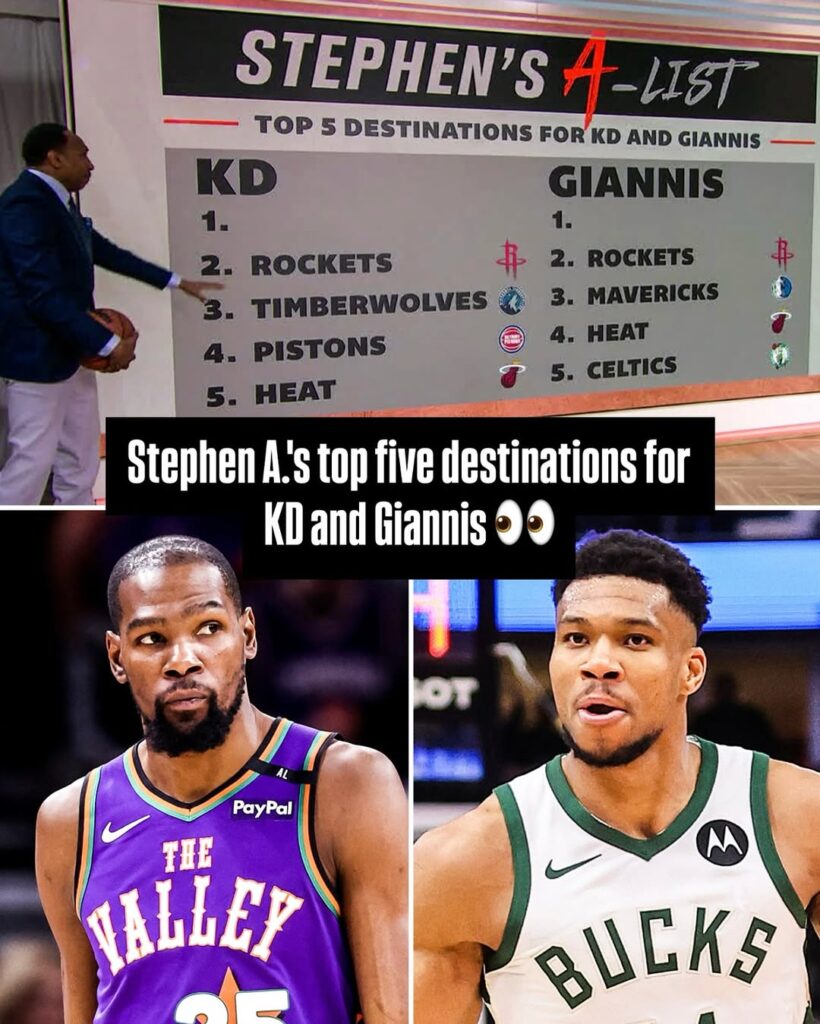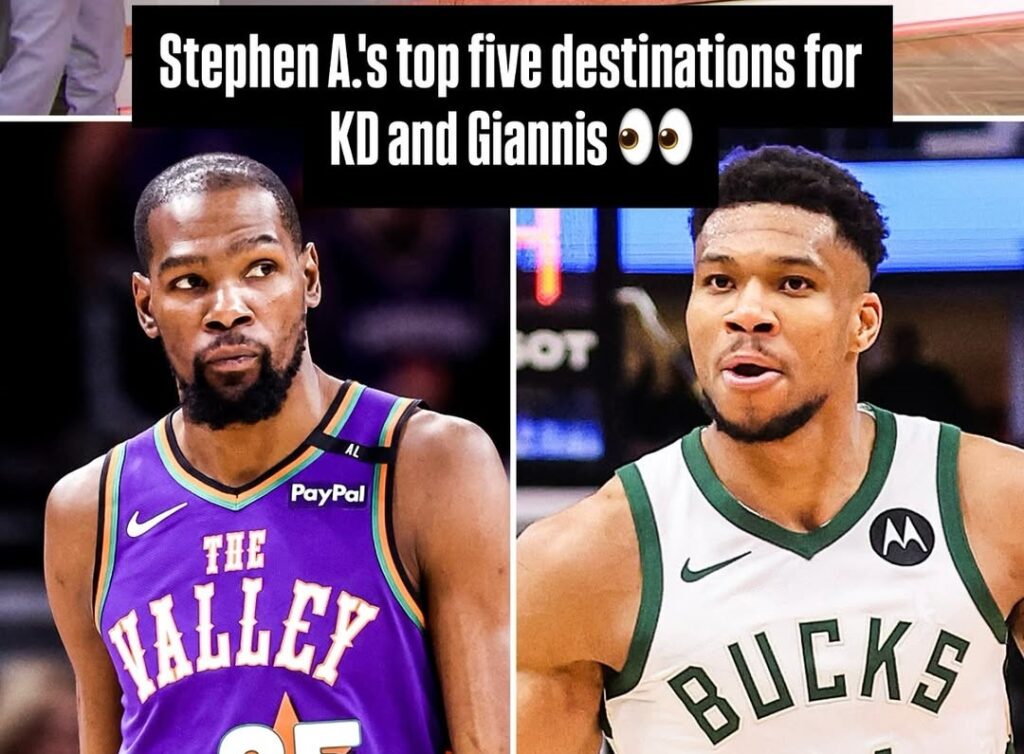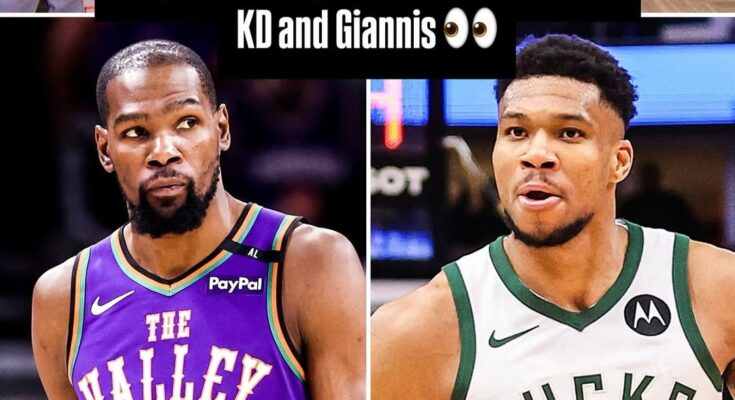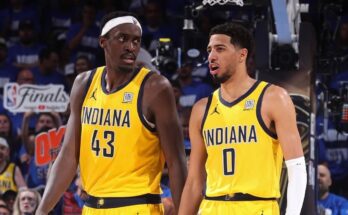
In the dynamic world of sports and entertainment, trades are often the most exciting and nerve-wracking moments for fans and analysts alike. When the rumors start swirling around two key players or personalities potentially being traded, the speculation intensifies: Where could these two land if they were to be traded?
Today, we dive into this intriguing question, exploring the possible destinations for these two hypothetical stars, and analyzing how their arrival could reshape their new teams and leagues.
Understanding the Context: Who Are “These Two”?
Before we dive into the trade rumors, it’s essential to understand the profiles of the two individuals in question. Are they star players looking for a fresh start? Are they rising talents whose potential has attracted suitors? Or are they veterans whose experience could bring leadership and stability to a new environment?
For the sake of this discussion, let’s imagine these two as high-impact athletes or entertainers who currently play significant roles in their current teams but might be open to change. Their trades would likely involve strategic thinking by both their current and potential new organizations.
Potential Landing Spots Based on Team Needs
1. The Contender’s Pursuit: Teams in Win-Now Mode
When two impactful players become available, contenders—teams on the cusp of championship success—are often the most aggressive bidders. They see such trades as an opportunity to fill critical gaps or add star power to their lineups.
For example, if these two players are elite offensive talents, teams like the Los Angeles Lakers or Brooklyn Nets (in the NBA context) could be natural landing spots. These franchises have both the resources and the pressing need to add game-changers to push past rivals.
Similarly, in the NFL, teams like the Kansas City Chiefs or Buffalo Bills, with strong rosters but key holes, might eye such trades to solidify their championship aspirations.
Key factors here include:
- Cap space and salary flexibility
- Existing roster fit and chemistry
- Long-term championship windows
2. Rebuilding Teams Looking to Accelerate Growth
On the flip side, rebuilding teams might also be contenders for these two players, but usually in a different context. They may look to trade future assets or younger players in exchange for proven talent that can accelerate their rebuild.
In basketball, franchises like the Oklahoma City Thunder or Orlando Magic often pursue high-potential players or established stars to speed up their return to competitiveness.
Such teams might view these two players as foundational pieces, especially if they’re young or in their prime, who can also help mentor younger teammates.
3. Small-Market or Mid-Tier Teams Seeking Star Power
Small-market teams or mid-tier franchises often face challenges attracting big-name players through free agency alone. Trades present an opportunity for these teams to bring in star players without having to outbid in free agency.
Examples might include teams like the Indiana Pacers or Utah Jazz (NBA), or in soccer, clubs like Sevilla or Aston Villa, who aim to punch above their weight by strategically acquiring talented players via trades or transfers.
4. International or Overseas Opportunities

In some cases, if the trade market within the domestic league is saturated or the player desires a new cultural experience, overseas or international teams might emerge as viable destinations.
This is especially true for soccer players, basketball stars considering European or Chinese leagues, or NFL players exploring the CFL or emerging leagues.
Such trades or transfers might come with compromises on salary but offer other perks like guaranteed playing time, leadership roles, or lifestyle benefits.
Factors Influencing the Final Destination
While the above categories outline logical landing spots, multiple complex factors influence the actual destination of traded players:
A. Player Preferences
Players often have considerable influence on trade destinations, especially those with no-trade clauses or high leverage contracts. They might prefer locations close to family, bigger media markets, or teams with better championship prospects.
B. Financial Implications
Salary cap rules, luxury taxes, and contract lengths heavily shape trade feasibility. Teams must balance the desire to acquire talent with the financial constraints imposed by league rules.
C. Team Culture and Playing Style
Even if a team needs a player’s skillset, the cultural fit and playing style matter. For example, a fast-paced, high-energy player may thrive with an up-tempo team but struggle in a more deliberate system.
D. Potential Return in Trade
For teams giving up players, the value received in return—whether draft picks, prospects, or salary relief—can affect trade willingness. A blockbuster trade involving two stars might require significant returns.
Hypothetical Scenarios: Where Could They Land?
Scenario 1: The Championship Contenders
If the two are both All-Star caliber players, you could see a blockbuster trade landing them on a team like the Golden State Warriors or Philadelphia 76ers, who are desperate to add complementary talent to their stars.
This would signal an all-in move aiming to maximize the current championship window.
Scenario 2: The Rebuilding Accelerator
If one or both players are young and promising but not yet fully realized stars, teams like the Detroit Pistons or Houston Rockets might be attractive landing spots. These franchises need talent to build around and could use the infusion to boost morale and fan excitement.
Scenario 3: The Surprise Mid-Market Move
Sometimes trades catch everyone off guard. A mid-market team like the New Orleans Pelicans or Minnesota Timberwolves could swoop in, leveraging cap space and draft assets to acquire these two, becoming a dark horse in the playoff race.
What Would This Mean for the Players and Their New Teams?
For the players, a trade represents both opportunity and risk—new teammates, coaching systems, and fanbases to adapt to. It can rejuvenate careers or present challenges if the fit isn’t ideal.
For the acquiring teams, these players could be the difference-makers who propel them to higher levels or, conversely, could disrupt chemistry if not integrated properly.
Final Thoughts
Trades involving two significant players always spark vibrant debate and excitement among fans and analysts. Predicting exactly where they might land involves understanding league dynamics, team needs, financial constraints, and player preferences.
Ultimately, wherever these two land, the move will reshape the competitive landscape and offer new storylines to follow—highlighting the ever-evolving drama of sports and entertainment.
So, where do you see these two landing if they were traded? The possibilities are endless, but the impact? Undeniable.



